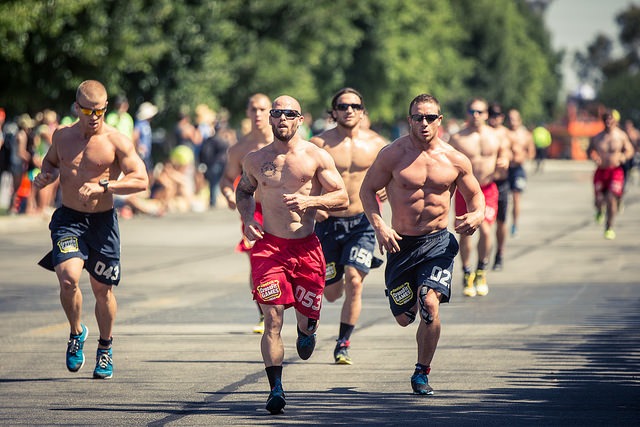
Although some say that having the right attire can help one run faster and farther, this is not a fact; it all lies in how we do it. In this case, the way you land on your feet is what matters – and as such, many of us hit the ground with our heels when running, often referred to as ‘heel-striking’. This generates a shock that is equivalent to thrice our overall body weight; hence, increasing the chances of sustaining injuries.
According to a discovery by a renowned professor of human evolutionary Biology at Harvard University, Daniel E. Lieberman, landing on your toes (with or without shoes) is an ideal way of running. This technique does not only make one run faster and further but it also reduces chances of sustaining injuries. How you move your body plays an important role in determining you running speed. Just as it would require one to use a better technique in order to swim well, the same applies to running. However, it is also good to understand that each person has his or her own unique running posture.
Christopher McDougall maintains that focusing on the techniques helps to reduce pain making it easier for you to keep running faster and farther. Breathing, posture, muscle, and the link between the mind and how you hit the ground is what matters a lot.
The founder of the Mammoth Track Club in Mammoth Lake, California, Terrence Mahon attests to the fact that it is easier to learn better running skills. Children are well placed to learn and utilize new running techniques. Considering that they do not exert pressure on their hips, the hit the ground with the middle of their feet and their strides are short, they have all it takes to be better runners.
Below are simple steps to help you improve your running techniques. You can always try them out to see how far and faster you can go without feeling tired and over strained.
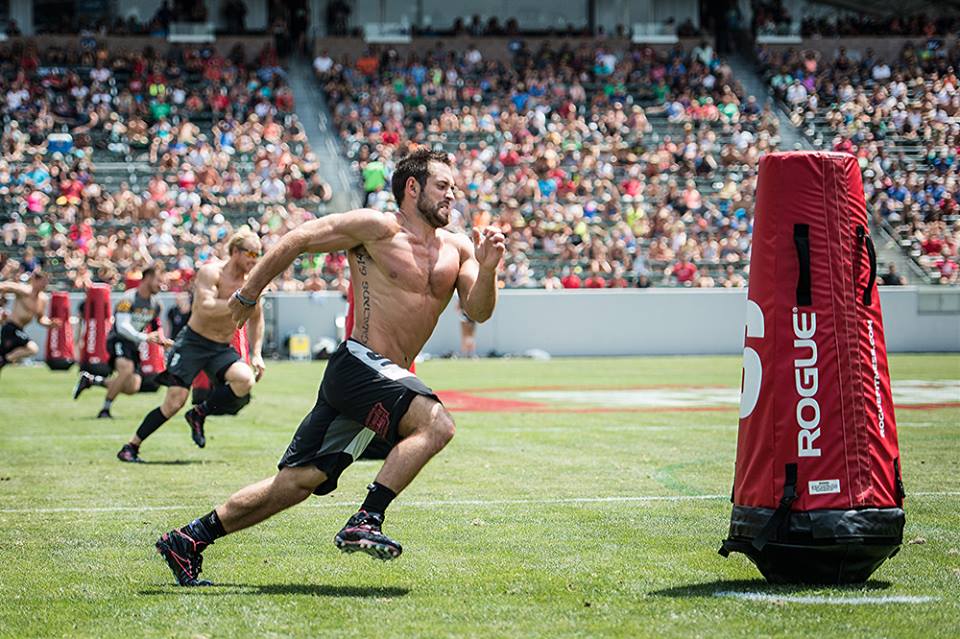
1. The stride
Common sense suggests that the length of your stride determine where the foot hits the ground. In this case, in order to run faster and farther, make sure that if you hit the ground with your heels, then choose to run with short strides but if you are that person whose running posture allows your feet to hit the ground toes first, then I would suggest that you try making long steps.
2. The strike
It is good to utilize the forefoot when landing as it helps you to avoid landing on your heels making it easier for you to take off after landing. Many runners, however, tend to hit the ground with their toes instead of their forefeet. It is therefore important to focus on keeping it to the middle of the foot.
3. The step-down
Driving your feet 3 inches down after landing isn’t painful. Thus by stepping down with force, you will find it easier to lift yourself off again and raise your knees even higher and with less amounts of energy.
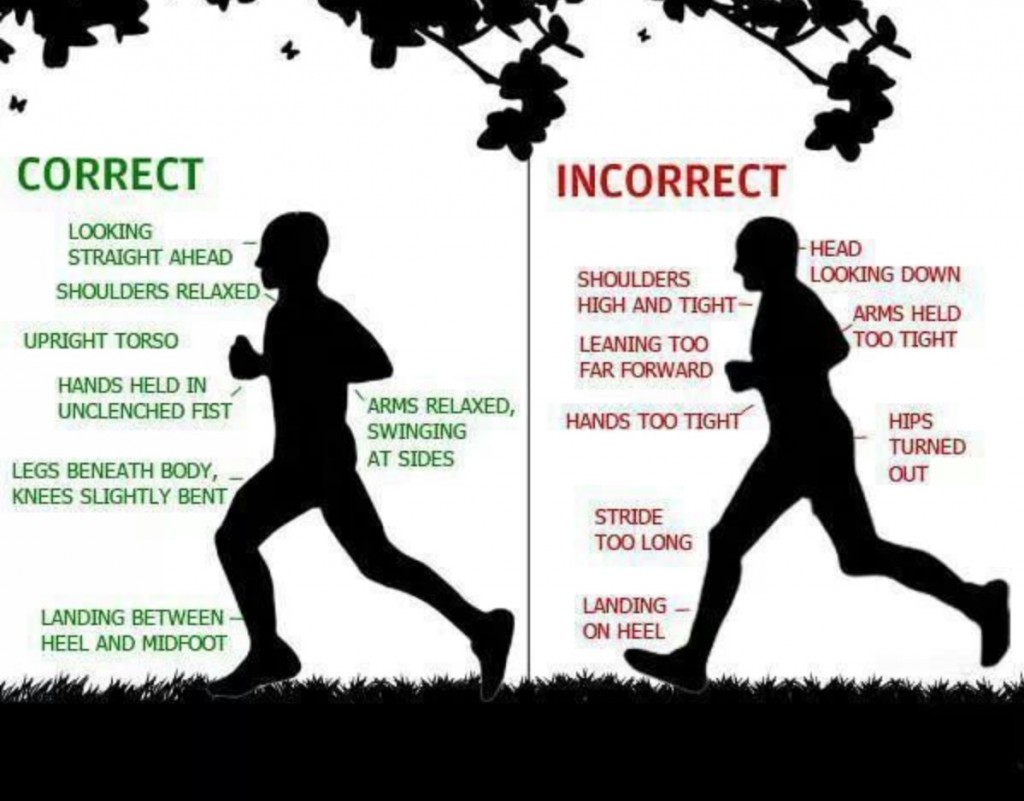
4. The takeoff
Engaging your quads, glutes and calves after stepping down on you forefoot is very important as they are meant for keeping you back and getting you off the ground. Just put yourself in a situation where you are holding the ground and pulling your feet behind just the way you would do when removing mud between your toes. Keep repeating this and you will be surprised to see your knee lift up automatically.
5. The triple extension
When ready for take-off with your last foot leaving the ground, you will need to assume the triple extension position whereby your forefoot remains bent while the last one straightens behind.
6. The posture
A good running posture is when you move with your chest leaning forward. Ensure that your body is well aligned especially so if you must running while leaning forward. The best way to do so is by avoiding bending forward from your hips. Make sure that your shoulders are comfortably positioned; the back should be straight meaning that you should always ensure to run while bending the entire body whether or not you are running uphill.
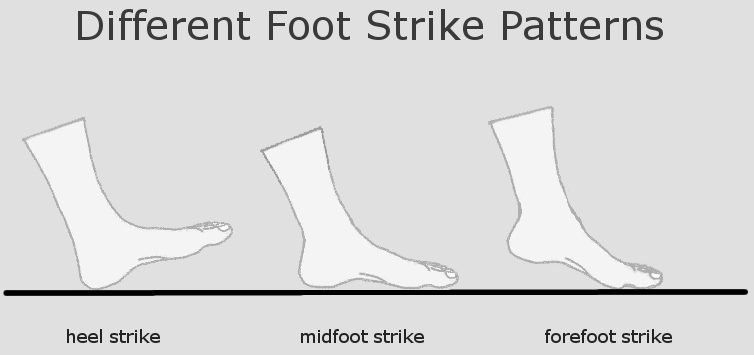
7. The arms
Keeping your elbows near your sides while pumping the arms downwards and behind your back is recommended. Ensure to bring your hand so that it is level with your belly and then back to the position of your front pocket when running at low speed. The swing arc increases with your speed and vice-versa.
8. The hands
The best way to position your hands when running is making sure that your fists are closed with the thumbs above them while the palms face each other. Do not fold your grip tightly by maintain an easy lose one.
With these simple running techniques, you should be able to work on finding an efficient and effective running method that is less susceptible to injury.
Happy running and training!







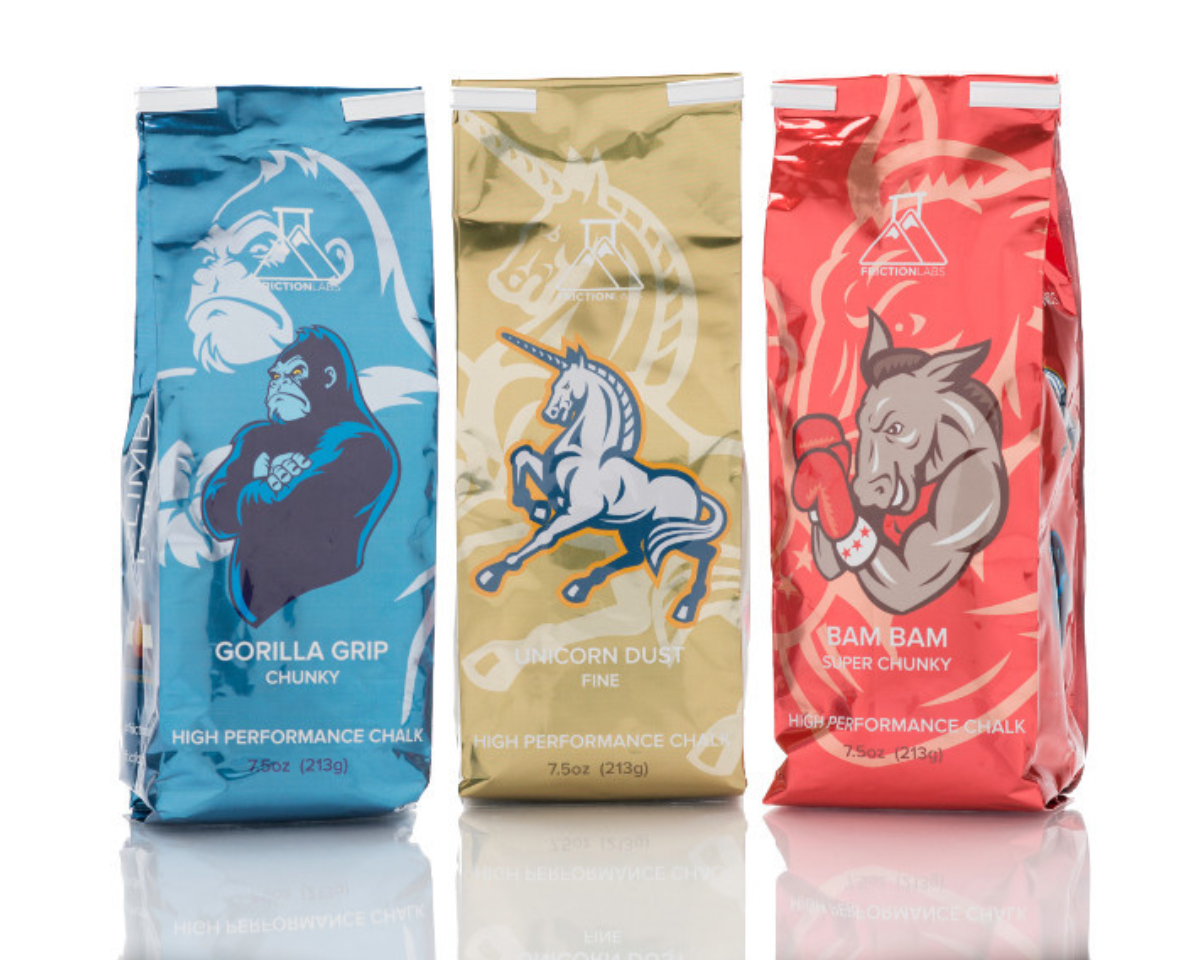










Follow Us